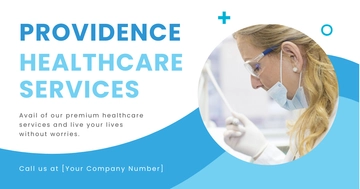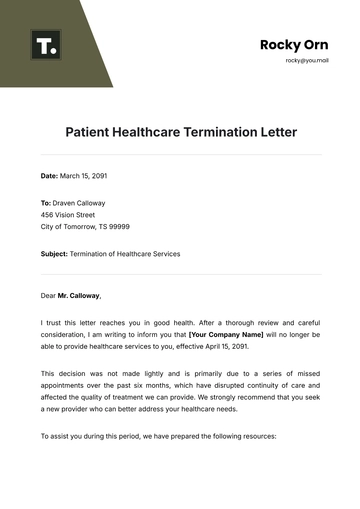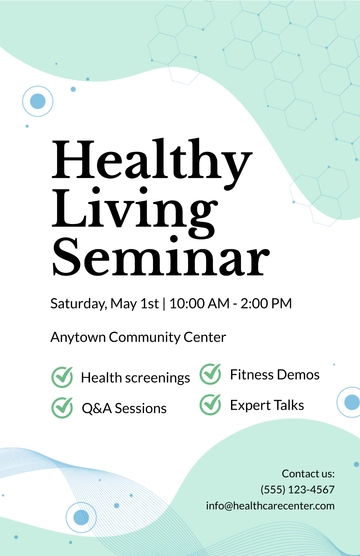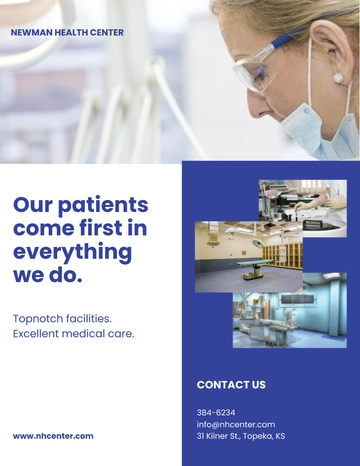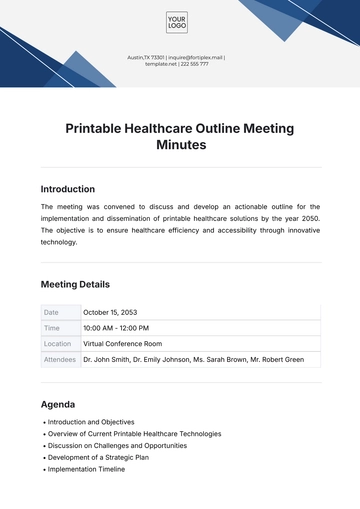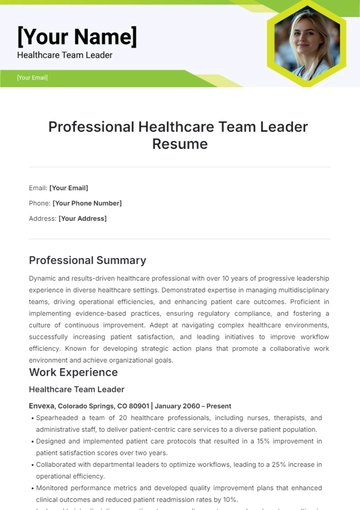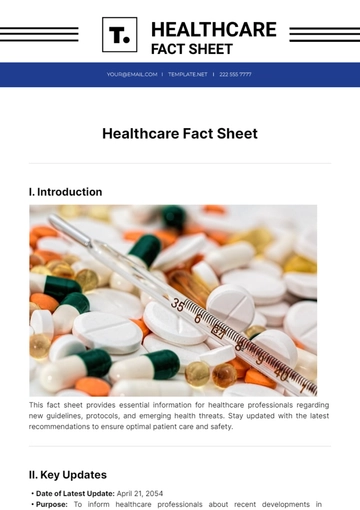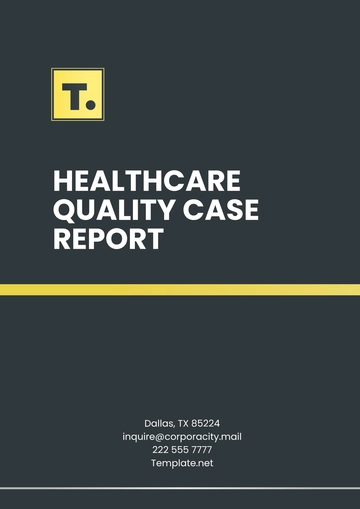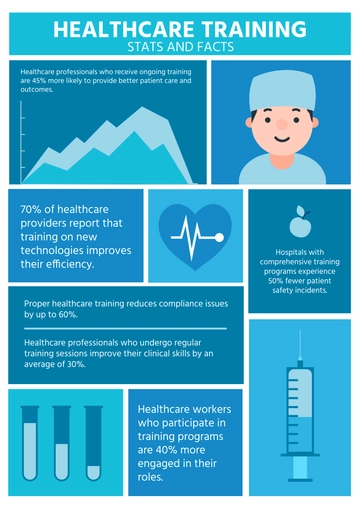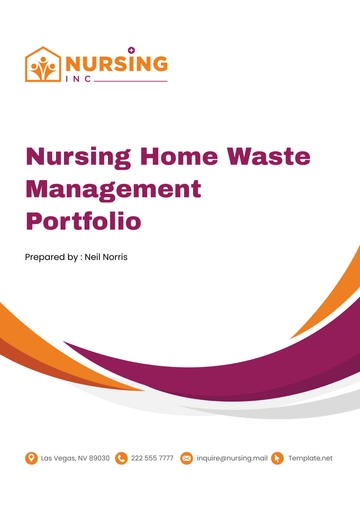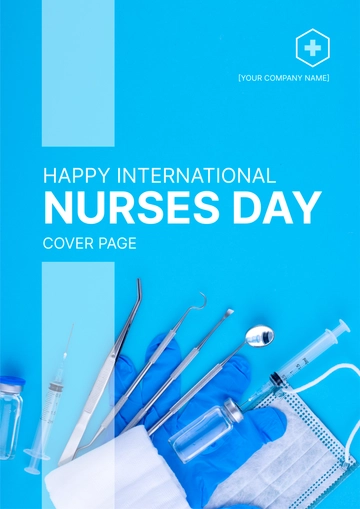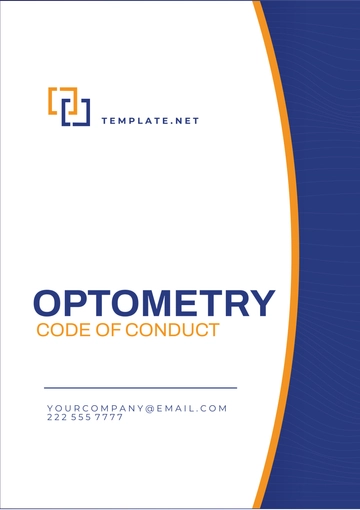Free Case Conference Summary Medical Brief
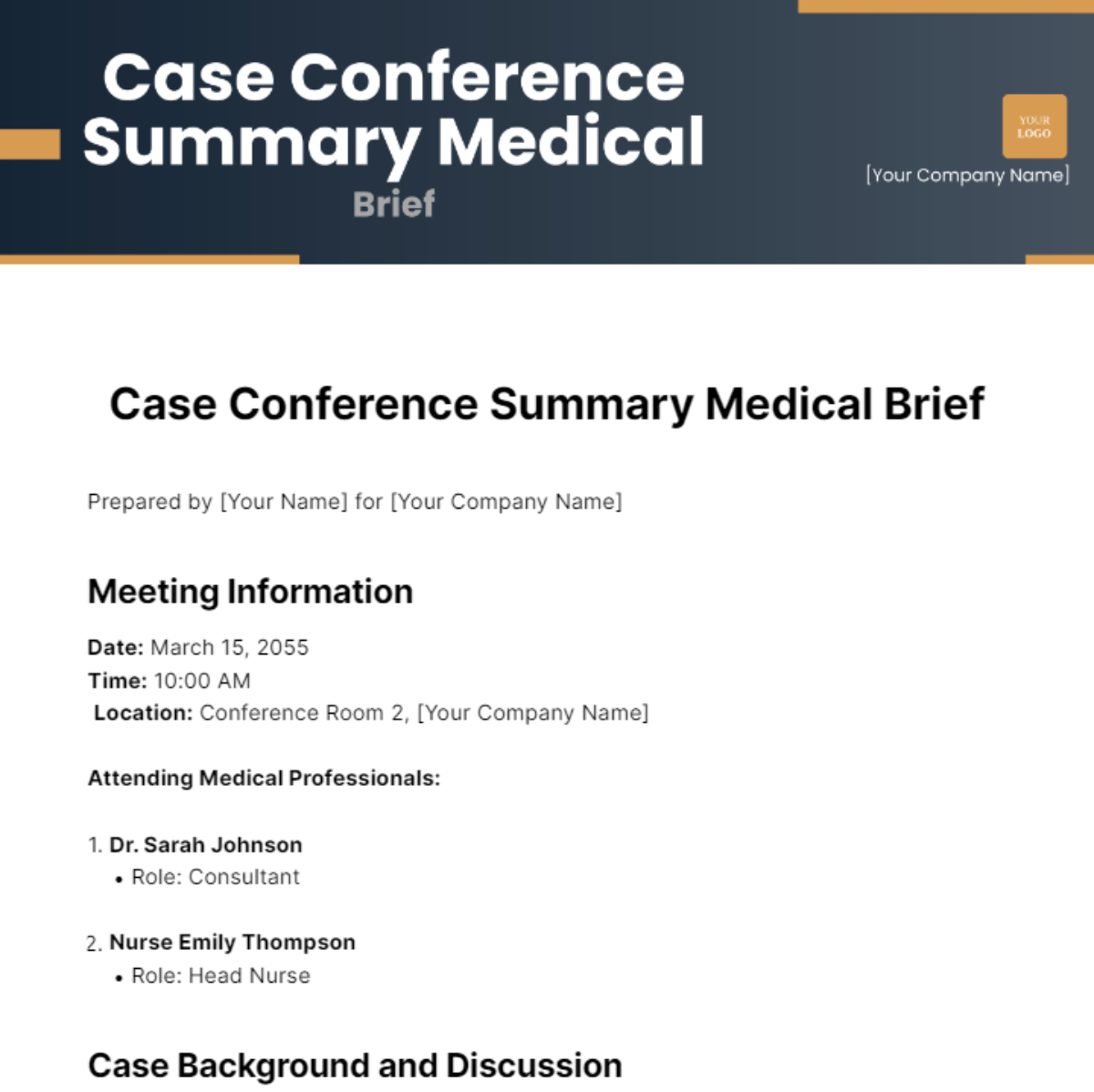
Prepared by [Your Name] for [Your Company Name]
Meeting Information
Date: March 15, 2055
Time: 10:00 AM
Location: Conference Room 2, [Your Company Name]
Attending Medical Professionals:
Dr. Sarah Johnson
Role: Consultant
Nurse Emily Thompson
Role: Head Nurse
Case Background and Discussion
The case under review involves a 67-year-old male patient, Mr. John Doe, admitted with complaints of chest pain and shortness of breath. Mr. Doe has a history of hypertension and hyperlipidemia. He presented to the emergency department three days ago with acute chest pain radiating to his left arm, accompanied by diaphoresis and nausea.
Upon admission, Mr. Doe underwent a series of diagnostic tests, including an electrocardiogram (ECG), which revealed ST-segment elevation myocardial infarction (STEMI) in the anterior leads. Subsequent cardiac enzyme tests confirmed myocardial injury. He was promptly started on dual antiplatelet therapy, and anticoagulation, and initiated on a beta-blocker and statin regimen.
During his hospital stay, Mr. Doe remained hemodynamically stable. However, he experienced intermittent episodes of atrial fibrillation, requiring rate control with intravenous beta-blockers. His blood pressure has been well-controlled with antihypertensive medications. Nursing assessments have indicated adequate respiratory status and stable oxygen saturation levels.
The multidisciplinary team convened to discuss Mr. Doe's current clinical status and treatment plan. The primary focus of the discussion centered around optimizing secondary prevention strategies, including lifestyle modifications, medication adherence, and the potential need for cardiac rehabilitation post-discharge. Additionally, the team deliberated on the management of atrial fibrillation and the necessity for ongoing monitoring to prevent thromboembolic events.
Overall, the team emphasized the importance of comprehensive cardiac care to mitigate the risk of recurrent cardiovascular events and improve Mr. Doe's long-term prognosis. Close collaboration among the medical team, nursing staff, and allied health professionals is essential to ensure coordinated care and facilitate Mr. Doe's recovery.
Key points discussed during the meeting included:
Review of Mr. Doe's clinical presentation and diagnostic findings.
Assessment of current treatment modalities and response to therapy.
Strategies for secondary prevention of cardiovascular events.
Management of atrial fibrillation and anticoagulation therapy.
Plans for patient education and discharge preparation, including medication reconciliation and lifestyle counseling.
The team agreed to continue close monitoring of Mr. Doe's cardiac status, with regular follow-up appointments scheduled post-discharge to assess treatment efficacy and adherence to the recommended care plan.
This case conference provided an opportunity for interdisciplinary collaboration, ensuring that Mr. Doe receives comprehensive and personalized care to optimize his cardiovascular health outcomes.
Decisions Made
Optimization of Secondary Prevention Strategies: The team agreed to prioritize lifestyle modifications, including dietary changes, smoking cessation, and regular physical activity, to reduce Mr. Doe's risk factors for recurrent cardiovascular events. Patient education materials will be provided to reinforce the importance of adherence to these lifestyle changes.
Medication Management: The current medication regimen, including dual antiplatelet therapy, anticoagulation, beta-blocker, and statin therapy, will be continued as per guidelines. The team will ensure medication reconciliation and provide education regarding the importance of medication adherence to Mr. Doe and his caregivers.
Management of Atrial Fibrillation: Given Mr. Doe's history of intermittent atrial fibrillation, the team decided to initiate a rhythm control strategy with antiarrhythmic medications upon consultation with the cardiology team. Close monitoring of heart rhythm and adjustment of medications as needed will be conducted to optimize rate and rhythm control.
Cardiac Rehabilitation Referral: It was decided to refer Mr. Doe to a cardiac rehabilitation program upon discharge to promote physical conditioning, improve cardiovascular fitness, and facilitate long-term adherence to lifestyle modifications. The team will coordinate with rehabilitation services to ensure a seamless transition of care.
Discharge Planning: The discharge planning process will include comprehensive patient education regarding medication management, symptom recognition, and follow-up care instructions. The team will liaise with the social work department to address any psychosocial needs and facilitate community resources for ongoing support post-discharge.
Follow-Up Care: Scheduled follow-up appointments will be arranged with the cardiology team and primary care physician to monitor Mr. Doe's progress, assess treatment efficacy, and address any emerging concerns. The team will ensure appropriate communication and documentation of the care plan to promote continuity of care.
By implementing these decisions, the team aims to optimize Mr. Doe's cardiovascular health outcomes, minimize the risk of recurrent events, and support his recovery and well-being beyond the hospital setting. Ongoing collaboration and coordination among healthcare providers will be essential to achieve these goals effectively.
Action Plan
Patient Education:
Develop personalized educational materials for Mr. John Doe and his caregivers regarding:
Medication regimen: Explain the purpose, dosage, and potential side effects of each medication.
Lifestyle modifications: Guide dietary changes, smoking cessation, and regular physical activity.
Symptom recognition: Educate on signs of cardiovascular distress and when to seek medical attention.
Medication Reconciliation:
Conduct a thorough review of Mr. Doe's current medications, including prescription, over-the-counter, and herbal supplements.
Ensure accurate documentation of all medications, dosages, and frequency.
Address any discrepancies and update the medication list accordingly.
Cardiac Rehabilitation Referral:
Coordinate with the rehabilitation department to initiate a referral for Mr. Doe to participate in a cardiac rehabilitation program post-discharge.
Provide necessary documentation and clinical information to facilitate enrollment in the program.
Follow-Up Care Coordination:
Schedule follow-up appointments with the cardiology team and primary care physician within one-week post-discharge.
Ensure timely communication of the discharge summary, including treatment plan and recommendations, to all involved healthcare providers.
Monitoring and Assessment:
Implement a monitoring plan to assess Mr. Doe's adherence to medication regimen and lifestyle modifications during hospitalization.
Conduct regular assessments of vital signs, cardiac rhythm, and symptomatology to evaluate treatment response and identify any complications.
Patient Support Services:
Facilitate access to support services, including social work, dietary counseling, and smoking cessation programs, as needed.
Address any psychosocial concerns or barriers to care that may impact Mr. Doe's recovery and adherence to the treatment plan.
Family/Caregiver Involvement:
Engage Mr. Doe's family or caregivers in the discharge planning process.
Provide education and support to ensure their understanding of the care plan and their role in supporting Mr. Doe's recovery at home.
Documentation and Communication:
Maintain comprehensive and accurate documentation of all clinical assessments, interventions, and communications related to Mr. Doe's care.
Ensure effective communication among the multidisciplinary team members to promote continuity of care and patient safety.
By implementing this action plan, the healthcare team aims to optimize Mr. Doe's recovery, minimize the risk of complications, and support his transition to post-discharge care effectively. Collaboration among all stakeholders is crucial to achieving these objectives and ensuring the best possible outcomes for Mr. Doe.
Next Steps
Immediate Patient Care:
Ensure continued monitoring and management of Mr. John Doe's clinical status, including vital signs, cardiac rhythm, and symptomatology, according to the established treatment plan.
Address any acute concerns or changes in Mr. Doe's condition promptly and appropriately.
Patient Education and Engagement:
Provide comprehensive education to Mr. Doe and his caregivers regarding the importance of medication adherence, lifestyle modifications, and symptom recognition.
Encourage active participation in self-care activities and adherence to follow-up appointments and recommended treatments.
Discharge Planning:
Finalize discharge arrangements, including medication prescriptions, referrals to cardiac rehabilitation, and scheduled follow-up appointments with the cardiology team and primary care physician.
Ensure that Mr. Doe and his caregivers understand the discharge instructions and have access to necessary support services and resources post-discharge.
Care Coordination:
Communicate the discharge summary and treatment plan to all relevant healthcare providers involved in Mr. Doe's care, including the primary care physician, cardiologist, and rehabilitation specialist.
Facilitate seamless transition of care by coordinating with community resources, such as home healthcare services or outpatient rehabilitation programs.
Monitoring and Follow-Up:
Establish a plan for ongoing monitoring and follow-up care, including regular assessments of medication adherence, clinical status, and response to treatment.
Schedule follow-up appointments at appropriate intervals to assess progress, address any emerging concerns, and reinforce education and support.
Quality Improvement and Evaluation:
Conduct regular audits and reviews of the care provided to identify areas for improvement and ensure adherence to evidence-based practices and clinical guidelines.
Solicit feedback from patients and caregivers to assess satisfaction with the care received and identify opportunities for enhancing the patient experience.
Team Collaboration and Communication:
Foster open communication and collaboration among members of the healthcare team, including physicians, nurses, allied health professionals, and support staff.
Encourage interdisciplinary rounds and case conferences to discuss complex cases and coordinate care effectively.
Patient Advocacy and Support:
Advocate for Mr. Doe's needs and preferences throughout the care continuum, ensuring that his values, beliefs, and goals are respected and integrated into the care plan.
Provide ongoing support and encouragement to empower Mr. Doe and his caregivers to actively participate in managing his health and well-being.
By diligently executing these next steps, the healthcare team aims to ensure continuity of care, optimize patient outcomes, and promote Mr. Doe's overall health and quality of life. Collaboration, communication, and patient-centered care will remain paramount in achieving these objectives.
Conclusion
In conclusion, the comprehensive care plan developed for Mr. John Doe reflects the multidisciplinary team's commitment to optimizing his cardiovascular health outcomes and supporting his recovery journey. By addressing acute medical needs, implementing evidence-based interventions, and emphasizing patient education and engagement, the team aims to facilitate Mr. Doe's transition from hospitalization to post-discharge care successfully.
Through effective coordination of services, ongoing monitoring, and proactive follow-up, the healthcare team endeavors to minimize the risk of recurrent cardiovascular events, enhance Mr. Doe's quality of life and promote long-term adherence to preventive measures. The collaborative efforts of physicians, nurses, allied health professionals, and support staff underscore the dedication to providing patient-centered care and ensuring that Mr. Doe receives the highest standard of treatment and support.
As Mr. Doe prepares for discharge and begins the next phase of his recovery, the healthcare team remains committed to his ongoing well-being and stands ready to address any evolving needs or challenges that may arise. By upholding principles of compassion, professionalism, and excellence in care delivery, the team endeavors to empower Mr. Doe and his caregivers to navigate the complexities of managing his health with confidence and resilience.
Ultimately, the success of Mr. Doe's care journey hinges on continued collaboration, communication, and mutual respect among all stakeholders involved. By working together as a cohesive unit, the healthcare team reaffirms its dedication to achieving optimal outcomes and improving the overall health and wellness of every patient entrusted to its care.
- 100% Customizable, free editor
- Access 1 Million+ Templates, photo’s & graphics
- Download or share as a template
- Click and replace photos, graphics, text, backgrounds
- Resize, crop, AI write & more
- Access advanced editor
Introducing the Case Conference Summary Medical Brief Template from Template.net – your essential tool for concise and comprehensive medical case summaries. Customizable and editable, it simplifies organizing patient details, diagnosis, treatment plans, and outcomes. Seamlessly editable in our Ai Editor Tool, ensuring precision and clarity in every detail. Elevate your case conference summaries with this template crafted to streamline documentation and improve patient care coordination.





